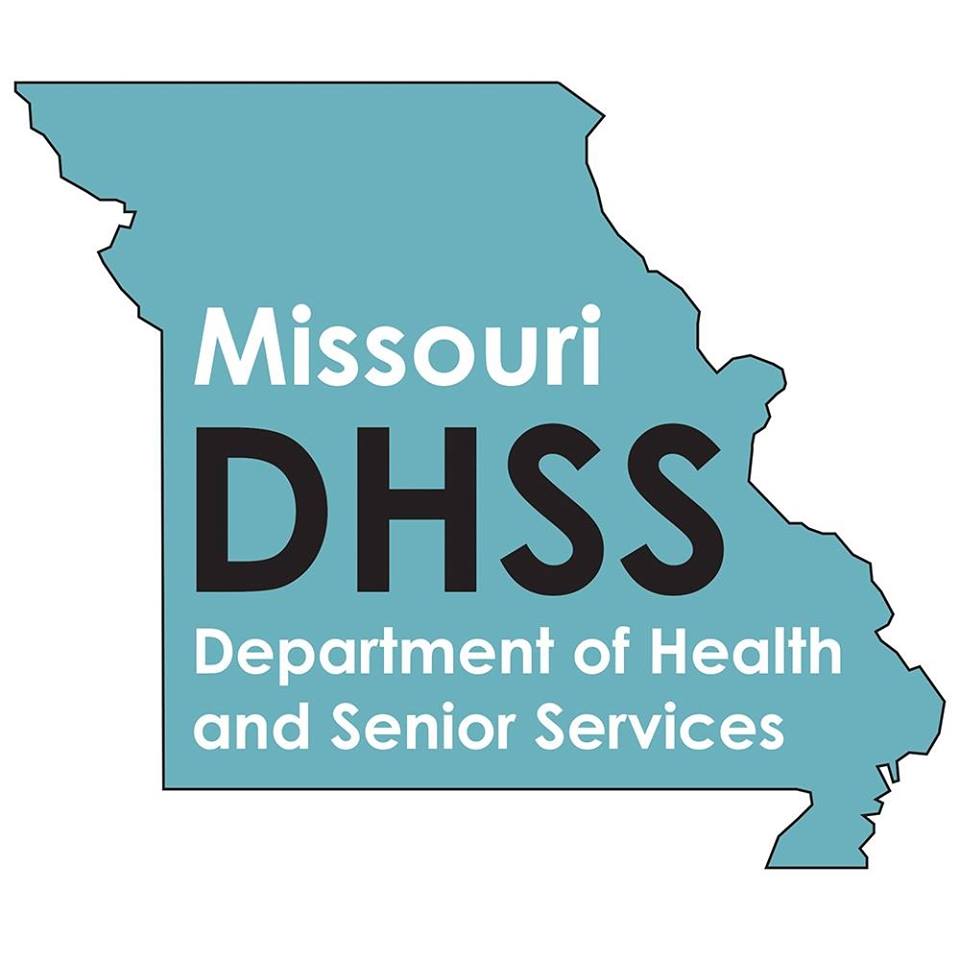Title Page
-
Conducted on
-
Prepared by
-
Location
-
Cleaning of visibly dirty surfaces followed by disinfection is a best practice measure for prevention of COVID-19 and other viral respiratory illnesses in lodging establishments and community settings.
What is novel coronavirus?
Novel coronavirus (COVID-19) is a virus strain that was first detected in December 2019 and has now been detected in many locations internationally and in all 50 states in the U.S. The virus, while having mild effects in most people, can cause severe illness and pneumonia in others such as the elderly or those with underlying medical conditions. -
• General Notes:
• Stay home if you are ill, have employees stay home if they are ill, especially if you have a fever (over 100.4⁰F), vomiting, diarrhea, or excessive respiratory secretions (e.g., coughing and sneezing)
• Anyone tested positive for COVID 19 or household contacts of anyone positive for COVID 19 should be excluded from working in lodging, childcare, or a food facility for a period of time prescribed by the state or local health authority.
What to Observe
-
Wear disposable gloves when cleaning and disinfecting surfaces. Gloves should be discarded after each cleaning. If reusable gloves are used, those gloves should be dedicated for cleaning and disinfection of surfaces and should not be used for other purposes. Consult the manufacturer’s instructions for cleaning and disinfection products used. Clean hands immediately after gloves are removed.
-
If surfaces are dirty, they should be cleaned using a detergent or soap and water prior to disinfection
-
Clean and disinfect high-touch surfaces daily in household common areas using EPA-registered disinfectants (e.g., tables, hard-backed chairs, doorknobs, light switches, remotes, handles, desks, toilets, sinks, hand railings, telephones). Follow manufacturer’s directions for required wet contact time and allow to air dry
-
Pay close attention to hazard warnings and instructions for using protective equipment such as gloves and eye protection. Use disinfectants in a well ventilated space.
-
Follow material data safety sheets (MSDS) for all cleaning chemicals.
-
For disinfection, diluted household bleach solutions, alcohol solutions with at least 70% alcohol, and most common EPA-registered household disinfectants should be effective.
-
Diluted household bleach solutions can be used if appropriate for the surface. Follow manufacturer’s instructions for application and proper ventilation. Check to ensure the product is not past its expiration date. Never mix household bleach with ammonia or any other cleaner. Unexpired household bleach will be effective against coronaviruses when properly diluted.<br><br>• Prepare a bleach solution by mixing:<br>• 5 tablespoons (1/3 cup) bleach per gallon of water or<br>• 4 teaspoons bleach per quart of water<br><br>• A list of products with EPA-approved emerging viral pathogens claims can be found at the following link: https://www.epa.gov/pesticide-registration/list-n-disinfectants-use-against-sars-cov-2. Products with EPA-approved emerging viral pathogens claims are expected to be effective against COVID-19 based on data for harder to kill viruses. Follow the manufacturer’s instructions for all cleaning and disinfection products (e.g., concentration, application method and contact time, etc.).
-
For soft (porous) surfaces such as carpeted floor, rugs, and drapes, remove visible contamination if present and clean with appropriate cleaners indicated for use on these surfaces. After cleaning:<br><br>• Launder items as appropriate in accordance with the manufacturer’s instructions. If possible, launder items using the warmest appropriate water setting for the items and dry items completely, or use products with the EPA-registered disinfectants that are suitable for porous surfaces.
-
• Laundry and other machine washable items.<br><br>• Wear disposable gloves when handling dirty laundry.<br>• If possible, do not shake dirty laundry. This will minimize the possibility of dispersing virus through the air.<br>• Launder items as appropriate in accordance with the manufacturer’s instructions. If possible, launder items using the warmest appropriate water setting for the items and dry items completely. Dirty laundry from an ill person can be washed with other people’s items.<br>• Clean and disinfect clothes hampers according to guidance for surfaces. If possible, consider placing a bag liner that is either disposable (can be thrown away) or can be laundered.
Completion
-
Sign Off

















